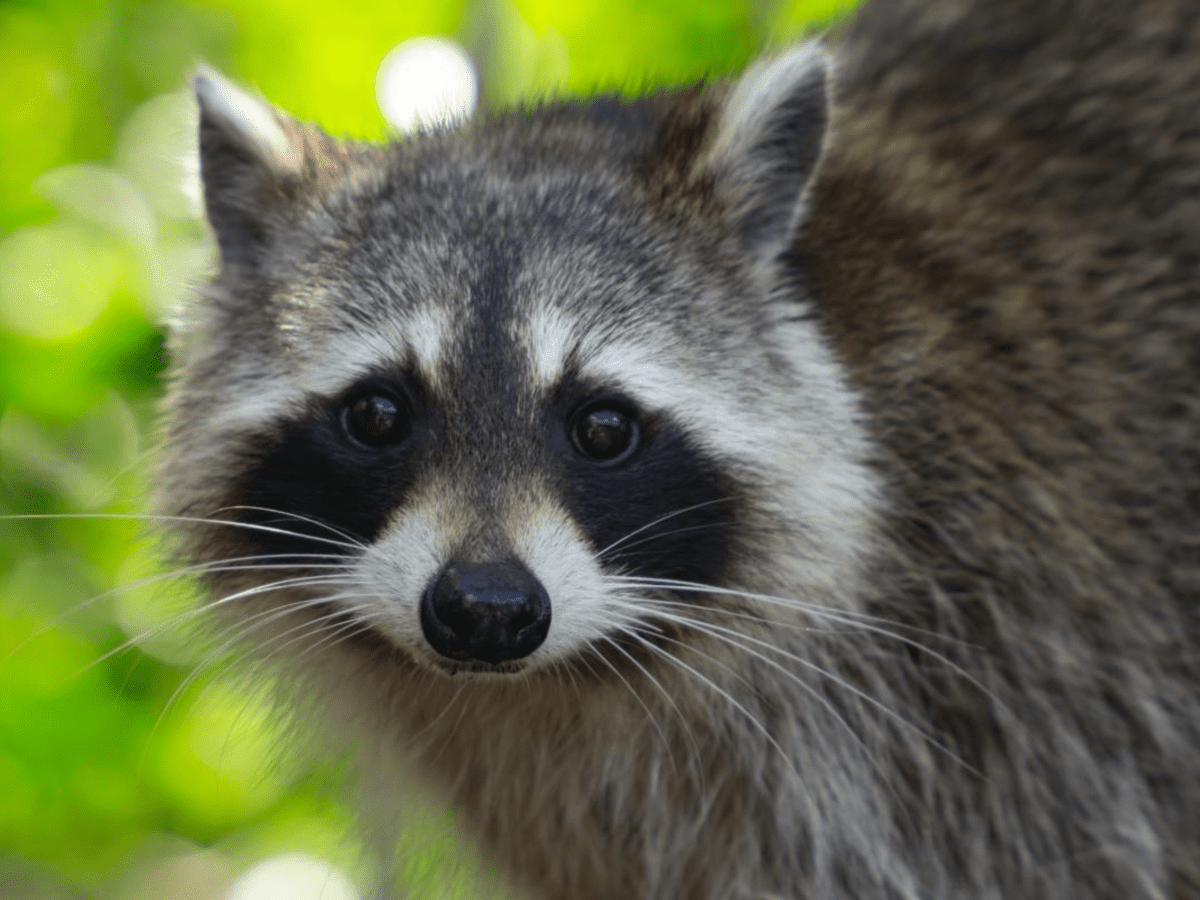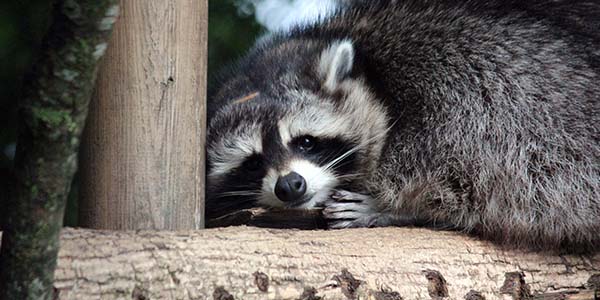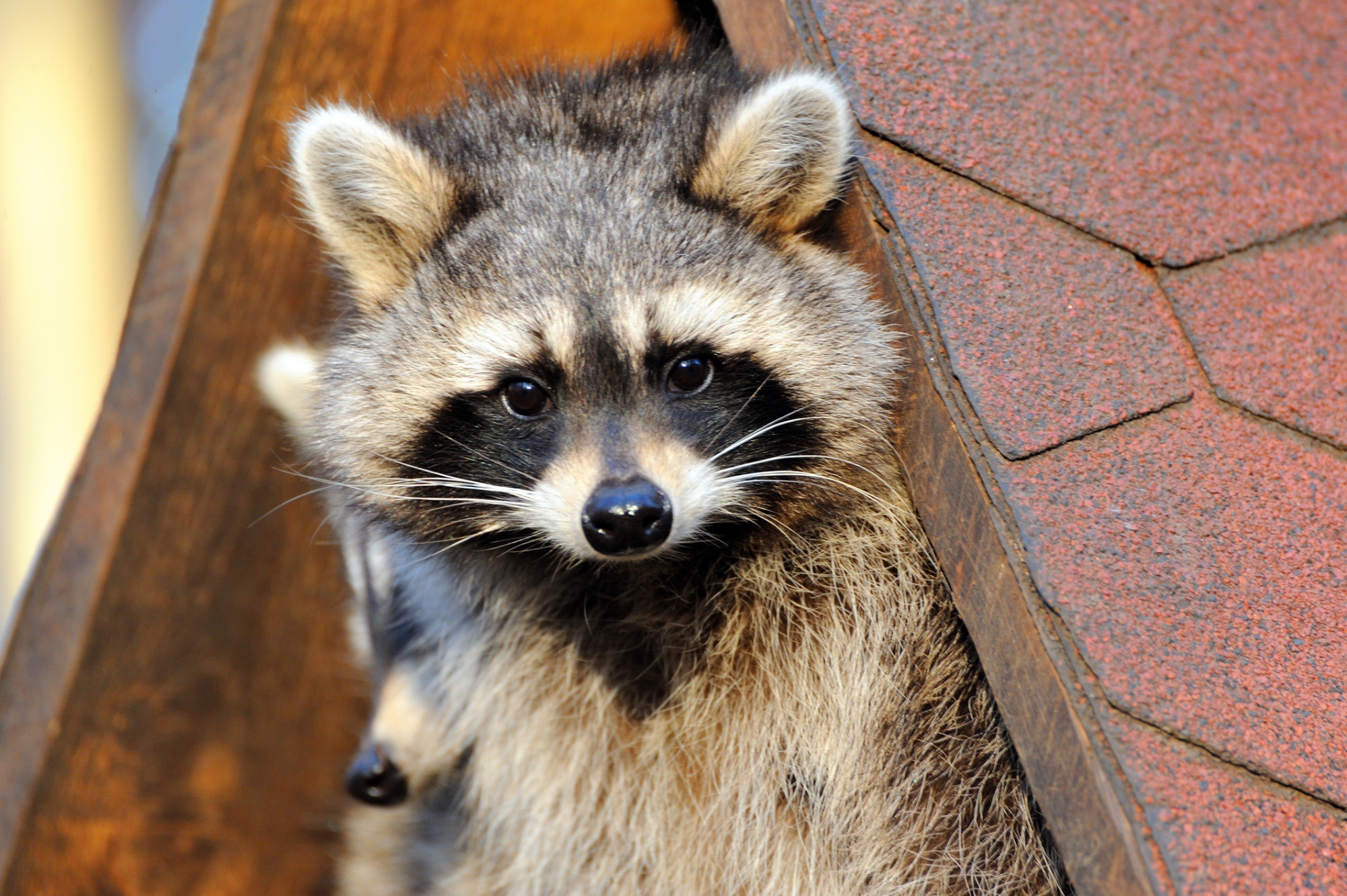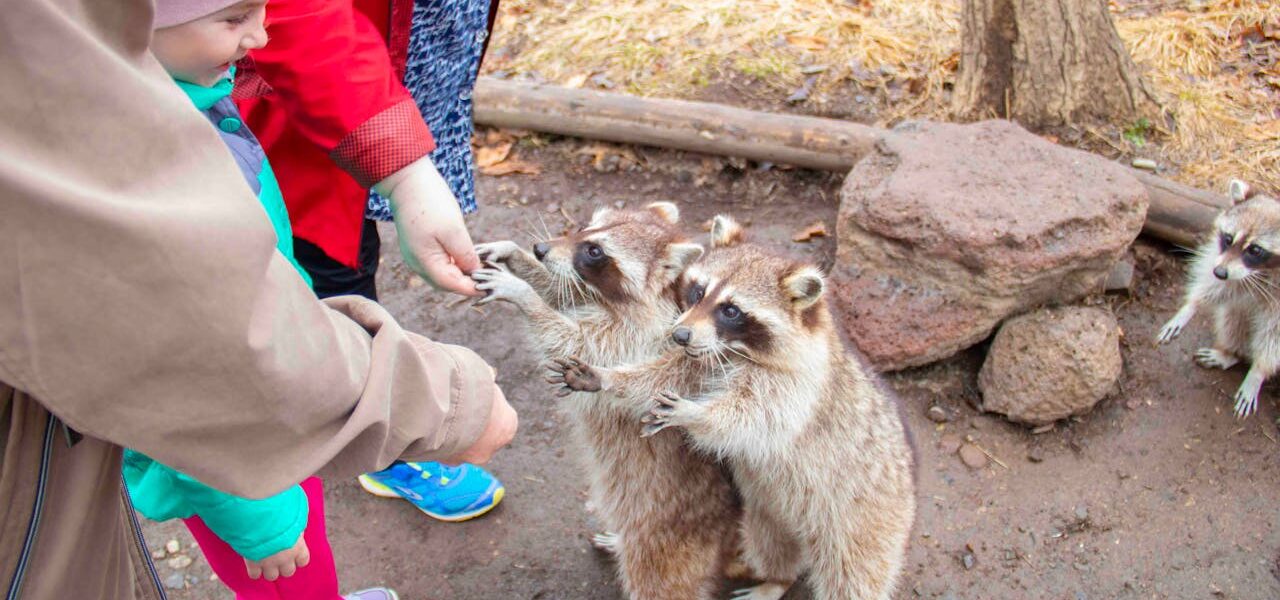How Long Do Raccoons Live: Unveiling Their Lifespan
Raccoons typically live for about 2 to 3 years in the wild. However, they can live up to 20 years in captivity under ideal conditions.
These intelligent creatures are known for their adaptability and resourcefulness, allowing them to thrive in various environments. In this blog, we will delve deeper into the lifespan of raccoons, exploring the factors that influence their longevity and the challenges they face in the wild.
By understanding the life expectancy of raccoons, we can gain a better appreciation for these fascinating animals and their role in the ecosystem. So, let’s get started and uncover the secrets of raccoon lifespan.
Introduction To Raccoon Lifespan
Raccoons typically live for 2-3 years in the wild, but in captivity, they can survive up to 20 years. Their lifespan is influenced by factors like food availability, predators, and diseases. Understanding raccoon longevity can shed light on their behavior and impact on ecosystems.
Brief Overview
Raccoons are fascinating creatures known for their intelligence and adaptability.
Understanding their lifespan can provide valuable insights into their behavior and habitat.
Importance Of Understanding Their Lifespan
Knowing raccoon lifespan helps in conservation efforts and urban wildlife management.
It also aids in predicting potential interactions with humans and other wildlife.

Credit: pethelpful.com
Raccoons In The Wild
Raccoons in the wild typically live up to 2-3 years due to predation and environmental factors. However, in captivity, they can survive up to 20 years, thriving on a diet of fruits, nuts, and insects, showing adaptability to various habitats.
Raccoons, known for their mischievous nature and unique appearance, are a common sight in North America. These nocturnal creatures are often found in wooded areas near water sources such as streams and ponds. Raccoons are adaptable and can survive in a variety of environments, including urban areas. They have a reputation for being opportunistic eaters, consuming everything from insects and fruits to small animals and garbage.
Average Lifespan
The average lifespan of a raccoon in the wild is around 2-3 years. However, some raccoons have been known to live up to 5 years in the wild. The lifespan of a raccoon can vary based on a variety of factors such as habitat, food availability, and predation.
Factors Affecting Longevity
Several factors can affect the longevity of raccoons in the wild. One of the most significant factors is predation. Raccoons face threats from predators such as coyotes, foxes, and birds of prey. They are also susceptible to diseases such as rabies and distemper, which can shorten their lifespan. Another factor that can affect the lifespan of raccoons is food availability. In areas where food is scarce, raccoons may struggle to find enough to eat, which can lead to malnourishment and a shorter lifespan. Habitat loss and environmental pollution can also impact the health and survival of raccoons in the wild. In conclusion, raccoons in the wild have an average lifespan of 2-3 years, with some living up to 5 years. Factors such as predation, food availability, habitat loss, and pollution can all impact the longevity of raccoons.
Raccoons In Captivity
Raccoons in captivity can live up to 20 years, although the average lifespan is around 5-6 years. Providing a suitable environment, proper diet, and regular veterinary care are key factors in ensuring the longevity and well-being of captive raccoons.
How Captivity Extends Lifespan
Raccoons in captivity can enjoy a longer lifespan compared to their wild counterparts. The controlled environment and access to regular food and medical care contribute to their extended life expectancy. Let’s explore how captivity can positively impact the lifespan of raccoons. In the wild, raccoons face numerous challenges that can impact their lifespan, including predation, diseases, and limited access to food. However, in captivity, these factors are significantly minimized, allowing raccoons to thrive and live longer lives.
Care Needs For Longevity
To ensure the longevity of raccoons in captivity, proper care and attention are essential. Here are some key factors to consider when providing care for captive raccoons: 1. Nutrition: A balanced diet is crucial for the health and longevity of raccoons. Providing a varied diet that includes fruits, vegetables, protein sources, and commercial raccoon food can help meet their nutritional needs. 2. Enclosure: Creating a spacious and secure enclosure is vital for the well-being of captive raccoons. It should include areas for climbing, exploring, and resting, as well as shelter from extreme weather conditions. 3. Enrichment: Offering mental and physical stimulation through enrichment activities is important to keep raccoons engaged and prevent boredom. This can include puzzle toys, foraging opportunities, and social interaction with other raccoons or humans. 4. Healthcare: Regular veterinary check-ups, vaccinations, and preventive treatments are necessary to maintain the health of captive raccoons. Prompt identification and treatment of any health issues can significantly contribute to their longevity. 5. Environmental Enrichment: Providing a stimulating environment that mimics natural settings can enhance the well-being of raccoons in captivity. This can include adding branches, logs, and other elements that allow them to engage in natural behaviors. By addressing these care needs, raccoons in captivity can live longer and healthier lives compared to their counterparts in the wild. The combination of proper nutrition, suitable enclosures, enrichment activities, healthcare, and an environment that resembles their natural habitat ensures their well-being and extends their lifespan. In conclusion, captivity offers raccoons the opportunity to thrive and live longer lives due to the controlled environment and consistent care they receive. By providing the necessary care and attention, we can contribute to the well-being and longevity of these fascinating creatures.

Credit: pensacola.aaacwildliferemoval.com
Key Threats To Raccoon Longevity
Raccoons face key threats to their longevity, including urbanization, vehicle collisions, and diseases. These factors significantly impact their average lifespan, which ranges from 2 to 3 years in the wild. Understanding and addressing these threats is crucial for the conservation of raccoon populations.
Raccoons are widely recognized for their adaptability and intelligence, but they also face several threats that can impact their lifespan. In this section, we will discuss the key threats to raccoon longevity, including natural predators, human impact, and disease and health challenges.
Natural Predators
Raccoons have several natural predators that can impact their lifespan. These predators include coyotes, bobcats, and owls. While raccoons are known for their intelligence and adaptability, they can still fall prey to these predators, especially when they are young or sick.
Human Impact
Human impact is one of the most significant threats to raccoon longevity. The destruction of natural habitats, increased urbanization, and road accidents are some of the ways humans can impact raccoons. When raccoons lose their natural habitats, they are forced to move into urban areas, where they face new challenges, such as finding food and shelter. Road accidents also pose a significant threat to raccoons, as they are often hit by cars when crossing roads.
Disease And Health Challenges
Disease and health challenges are another significant threat to raccoon longevity. Raccoons can contract several diseases, including rabies, distemper, and leptospirosis. These diseases can be fatal to raccoons, and they can also spread to other animals and humans. Additionally, raccoons can face health challenges such as malnutrition and parasitic infections, which can impact their lifespan. In conclusion, raccoons face several threats that can impact their longevity. These threats include natural predators, human impact, and disease and health challenges. To ensure the survival of raccoon populations, it is crucial to address these threats and take measures to protect their habitats and health.
Diet And Its Impact On Lifespan
Raccoons have a diverse diet that can significantly impact their lifespan. Understanding their nutritional needs and common dietary habits can provide valuable insights into their longevity.
Nutritional Needs
Raccoons require a balanced diet to thrive. Their nutritional needs are met through a combination of proteins, fats, carbohydrates, vitamins, and minerals, obtained from both plant and animal sources.
Common Dietary Habits
- Raccoons are opportunistic feeders, consuming fruits, nuts, insects, small animals, eggs, and even human food waste.
- They are omnivorous and adaptable, which allows them to survive in a variety of environments.
- Their ability to consume a wide range of foods contributes to their resilience and longevity in the wild.

Credit: www.trutechinc.com
Reproduction And Lifespan
Raccoons have an average lifespan of 2-3 years in the wild, but can live up to 20 years in captivity. Reproduction rates vary depending on factors such as food availability and habitat.
Breeding Habits
Raccoons, scientifically known as Procyon lotor, are known for their unique breeding habits. Unlike many other mammals, raccoons do not have a specific breeding season. They can mate at any time of the year, with peak mating activity occurring in late winter or early spring. The mating process begins with male raccoons marking their territory with urine and vocalizing to attract females.
Male raccoons often engage in fierce competition for mating rights. They may fight with other males to establish dominance and gain access to females. Once a male successfully mates with a female, he will move on to find another potential mate.
Offspring Survival Rates
Raccoons are known for their high reproductive potential. Females typically give birth to litters consisting of two to five cubs, with an average gestation period of approximately 63 days. The cubs are born blind, deaf, and completely dependent on their mother for survival.
The survival rate of raccoon offspring is relatively low, with many factors contributing to their vulnerability. Natural predators such as owls, coyotes, and bobcats pose a threat to young raccoons. Additionally, disease, starvation, and accidents can also significantly impact their survival.
However, under optimal conditions, the survival rate of raccoon cubs can be relatively high. The mother plays a crucial role in protecting and nurturing her young. She will fiercely defend them against predators and teach them essential survival skills, such as foraging for food and climbing trees.
As the cubs grow older, they gradually become more independent and start to explore their surroundings. They will eventually leave their mother’s territory to establish their own territories and continue the cycle of reproduction.
Conservation Efforts
Raccoons can live up to 12 years in the wild, but their lifespan can be shorter due to various factors such as predation and disease. Conservation efforts play a crucial role in protecting these creatures and ensuring their long-term survival in their natural habitats.
Protecting Raccoon Habitats
Raccoons depend on diverse habitats, such as forests, wetlands, and urban areas.
Preserving these environments helps raccoons thrive in the wild.
Rehabilitation And Release Programs
- Raccoons injured or orphaned receive care in rehabilitation centers.
- Specialists nurse them back to health and prepare for release.
These efforts contribute to the survival of raccoon populations in the wild.
Fascinating Facts About Raccoons
When it comes to raccoons, there are several fascinating facts that make them truly unique creatures.
Unique Adaptations
Raccoons have distinctive adaptations, such as their highly dexterous front paws.
Their paws allow them to open doors, jars, and even untie knots.
Raccoons Around The World
Raccoons are found in North America, Europe, and Japan.
They have adapted to various habitats, from forests to urban environments.
Frequently Asked Questions
How Long Do Raccoons Live In The Wild?
Raccoons typically live 2-3 years in the wild, but can survive up to 5-7 years.
What Is The Lifespan Of A Raccoon In Captivity?
In captivity, raccoons can live up to 20 years with proper care and nutrition.
Do Raccoons Have Predators That Affect Their Lifespan?
Yes, raccoons face threats from predators such as cougars, bobcats, and coyotes, which can impact their lifespan.
What Factors Can Affect The Lifespan Of A Raccoon?
Environmental conditions, food availability, and disease prevalence can influence a raccoon’s lifespan.
Conclusion
Raccoons have a relatively short lifespan in the wild, usually living for about 2-3 years. However, in captivity, they can live up to 20 years. Understanding the factors that contribute to their longevity can help in their conservation and management.
With the right knowledge, we can create a better environment for these fascinating creatures.

